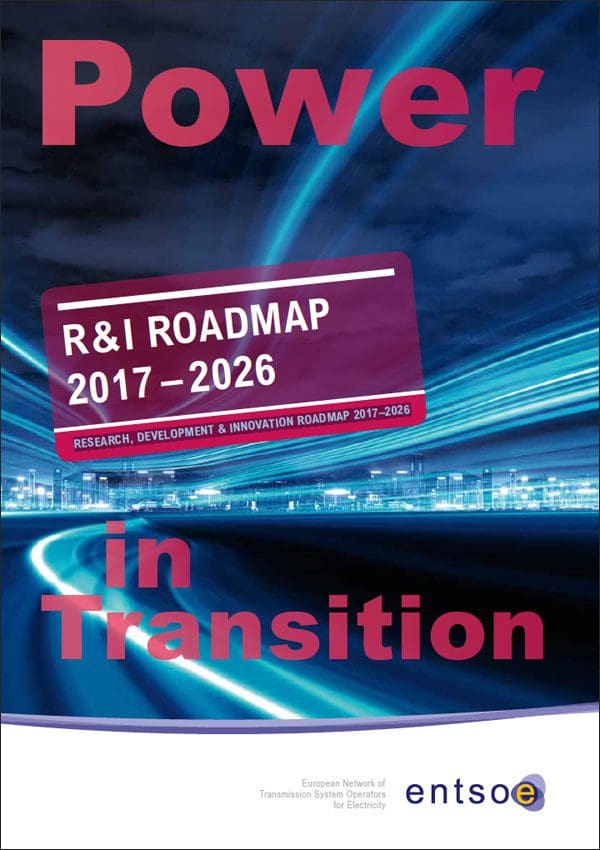The Communication “Towards an Integrated Strategic Energy Technology Plan: Accelerating the European Energy System Transformation”, set up the new frameworks for R&I activities: the European Technology and Innovation Platforms (ETIPs). These structures merge the former SET Plan European Industrial Initiatives (EIIs) and the European Technology Platforms. At the same time, funding tools – through the Horizon 2020 program – have shifted from a technology-driven approach to a challenge-driven approach.
New stakeholders and market players (in generation, storage and market services) are on board with new opportunities for consumers. This puts network operators in a pivotal role and implies a higher responsibility towards society. The transmission grid, as the backbone of the power system, is the key enabler to facilitate the transition to a low-carbon energy system.
TSOs have a key role as system integrators of different components based on technologies (e. g., ICT, materials, storage, and power electronics). The TSO community should also be prepared to face game-changing modifications such as new actors entering the power system. Moreover, TSOs should ensure that the three dimensions of innovation – technology, process and business model – are addressed.
TSOs’ role is crucial in this context and the Roadmaps support their engagement in Research and Innovation activities. To this purpose ENTSO-E intends to promote vertical and horizontal cooperation.

Fig.: EU climate/energy targets
Vertical and horizontal cooperation

Fig.: Changed conditions and ENTSO-E reactions
Vertical cooperation along the electricity value chain: no single TSO will be able to succeed alone. Thus, TSOs must work together and collaborate with universities, research institutes, industrial manufacturers, DSOs, generation companies, market actors and consumers.
Horizontal cooperation: aims to enhance synergies among TSOs to avoid overlaps, and work on common goals, which can be reached only with a strong, uniform and possibly joint approach to R&I activities.





